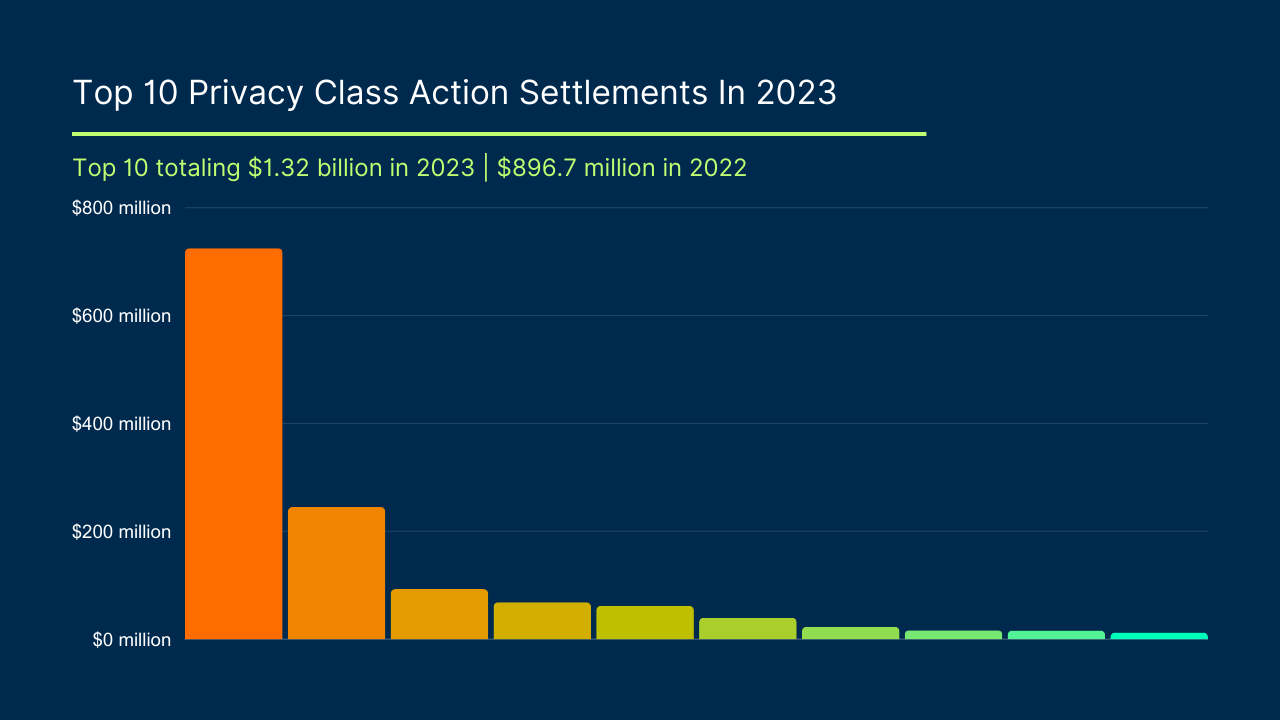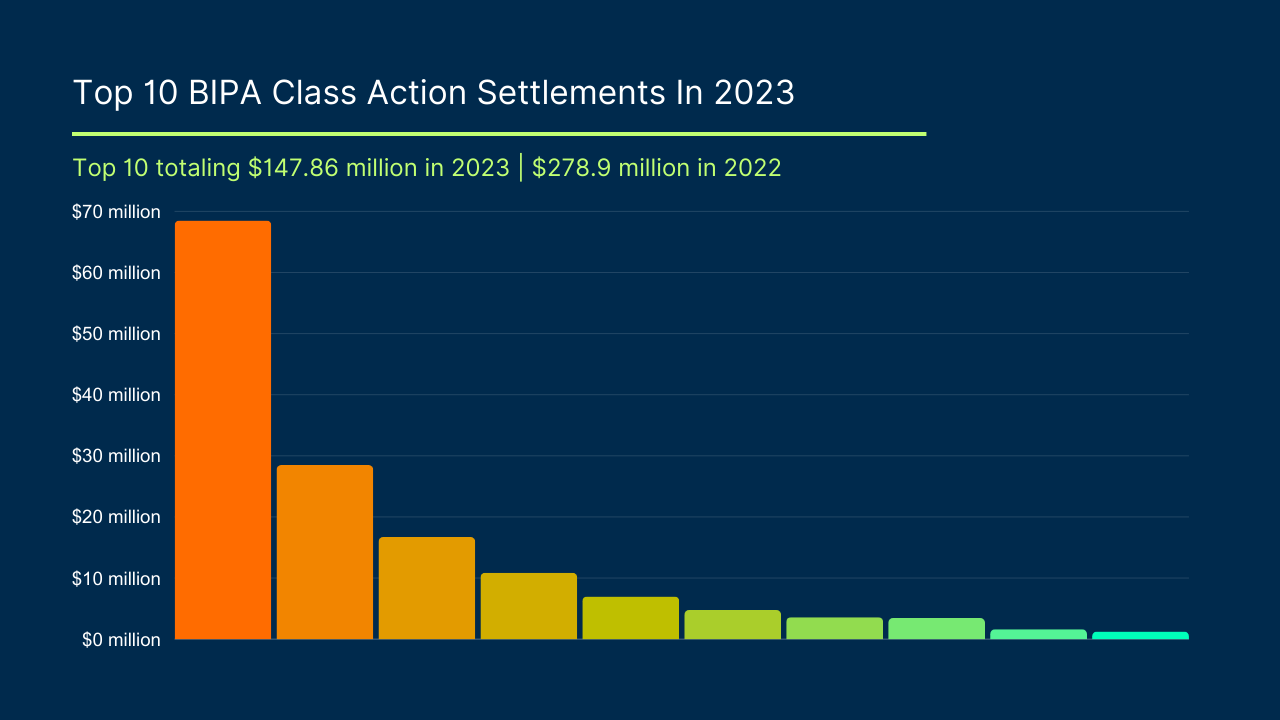 By Alex W. Karasik, Gerald L. Maatman, Jr. and George J. Schaller
By Alex W. Karasik, Gerald L. Maatman, Jr. and George J. Schaller
Duane Morris Takeaways: In Mobley v. Workday, Inc., Case No. 23-CV-770 (N.D. Cal. July 12, 2024) (ECF No. 80), Judge Rita F. Lin of the U.S. District Court for the Northern District of California granted in part and denied in part Workday’s Motion to Dismiss Plaintiff’s Amended Complaint concerning allegations that Workday’s algorithm-based screening tools discriminated against applicants on the basis of race, age, and disability. This litigation has been closely watched for its novel case theory based on artificial intelligence use in making personnel decisions. For employers utilizing artificial intelligence in their hiring practices, tracking the developments in this cutting-edge case is paramount. This ruling illustrates that employment screening vendors who utilize AI software may potentially be liable for discrimination claims as agents of employers.
This development follows Workday’s first successful Motion to Dismiss, which we blogged about here, and the EEOC’s amicus brief filing, which we blogged on here.
Case Background
Plaintiff is an African American male over the age of 40, with a bachelor’s degree in finance from Morehouse College, an all-male Historically Black College and University, and an honors graduate degree. Id. at 2. Plaintiff also alleges he suffered from anxiety and depression. Since 2017, Plaintiff applied to over 100 jobs with companies that use Workday’s screening tools. In many applications, Plaintiff alleges he was required to take a “Workday-branded assessment and/or personality test.” Plaintiff asserts these assessments “likely . . . reveal mental health disorders or cognitive impairments,” so others who suffer from anxiety and depression are “likely to perform worse … and [are] screened out.” Id. at 2-3. Plaintiff was allegedly denied employment through Workday’s platform across all submitted applications.
Plaintiff alleges Workday’s algorithmic decision-making tools discriminate against job applicants who are African-American, over the age of 40, and/or are disabled. Id. at 3. In support of these allegations, Plaintiff claims that in one instance, he applied for a position at 12:55 a.m. and his application was rejected less than an hour later. Plaintiff brought claims under Title VII of the Civil Rights Act of 1964 (“Title VII”), the Civil Rights Act of 1866 (“Section 1981”), the Age Discrimination in Employment Act of 1967 (“ADEA”), and the ADA Amendments Act of 2008 (“ADA”), for intentional discrimination on the basis of race and age, and disparate impact discrimination on the basis of race, age, and disability. Plaintiff also brings a claim for aiding and abetting race, disability, and age discrimination against Workday under California’s Fair Employment and Housing Act (“FEHA”). Workday moved to dismiss, where Plaintiff’s opposition was supported by an amicus brief filed by the EEOC.
The Court’s Decision
The Court granted in part and denied in part Workday’s motion to dismiss. At the outset of its opinion, the Court noted that Plaintiff alleged Workday was liable for employment discrimination, under Title VII, the ADEA, and the ADA, on three theories: as an (1) employment agency; (2) agent of employers; and (3) an indirect employer. Id. at 5.
The Court opined that relevant statute prohibits discrimination “not just by employers but also by agents of those employers,” so an employer cannot “escape liability for discrimination by delegating [] traditional functions, like hiring, to a third party.” Id. Therefore, an employer’s agent can be independently liable when the employer has delegated to the agent “functions [that] are traditionally exercised by the employer.” Id.
In regards to the “employment agency” theory, the Court reasoned employment agencies “procure employees for an employer” – meaning – “they find candidates for an employer’s position; they do not actually employ those employees.” Id. at 7. The Court further reasoned employment agencies are liable when they “fail or refuse to refer” individuals for consideration by employers on prohibited bases. Id. The Court held Plaintiff did not sufficiently allege Workday finds employees for employers such that Workday is an employment agency. Accordingly, the Court granted Workday’s motion to dismiss with respect to the anti-discrimination statutes based on an employment agency theory, without leave to amend.
In addition, the Court held that Workday may be liable on an agency theory, as Plaintiff plausibly alleged Workday’s customers delegated their traditional function of rejecting candidates or advancing them to the interview stage to Workday. Id. The Court determined if it reasoned otherwise, and accepted Workday’s arguments, then companies would “escape liability for hiring decisions by saying that function has been handed to over to someone else (or here, artificial intelligence).” Id. at 8. The Court determined Plaintiff’s allegations that Workday’s decision-making tools “make hiring decisions” as it’s software can “automatically disposition[] or move[] candidates forward in the recruiting process” were plausible. Id. at 9.
The Court opined that given Workday’s allegedly “crucial role in deciding which applicants can get their ‘foot in the door’ for an interview, Workday’s tools are engaged in conduct that is at the heart of equal access to employment opportunities.” Id. In regards to artificial intelligence, the Court noted “Workday’s role in the hiring process was no less significant because it allegedly happens through artificial intelligence,” and the Court declined to “draw[] an artificial distinction between software decision-makers and human decision-makers,” [sic] as any distinction would “gut anti-discrimination laws in the modern era.” Id. at 10.
Accordingly, the Court denied Workday’s motion to dismiss Plaintiff’s federal discrimination claims.
Disparate Impact Claims
The Court next denied Workday’s motion to dismiss Plaintiff’s disparate impact discrimination claims as Plaintiff adequately alleged all elements of a prima facie case for disparate impact.
First, Plaintiff’s amended complaint asserted that Workday’s use of algorithmic decision-making tools to screen applicants including training data from personality tests had a disparate impact on job-seekers in certain protected categories. Second, the Court similarly found disparate treatment present and recognized Plaintiff’s assertions were not typical. “Unlike a typical employment discrimination case where the dispute centers on the plaintiff’s application to a single job, [Plaintiff] has applied to and been rejected from over 100 jobs for which he was allegedly qualified.” Id. at 14. The Court reasoned the “common denominator” for these positions was Workday and the platform Workday provided to companies for application intake and screening. Id.
The Court held “[t]he zero percent success rate at passing Workday’s initial screening” combined with Plaintiff’s allegations of bias in Workday’s training data and tools plausibly supported an inference that Workday’s algorithmic tools disproportionately rejects applicants based on factors other than qualifications, such as a candidate’s race, age, or disability. Id. at 15. The Court therefore denied Workday’s motion to dismiss the disparate impact claims under Title VII, the ADEA, and the ADA. Id. at 16.
Intentional Discrimination Claims
The Court granted Workday’s motion to dismiss Plaintiff’s claims that Workday intentionally discriminated against him based on race and age. Id. The Court found that Plaintiff sufficiently alleged he was qualified through his various degrees and qualifications and areas of expertise, supported by his work experience. However, the Court found Plaintiff’s allegations that Workday intended its screening tools to be discriminatory as “Workday [was] aware of the discriminatory effects of its applicant screening tools” was not enough to satisfy his pleading burden. Id. at 18. Accordingly, the Court granted Workday’s motion to dismiss Plaintiff’s intentional discrimination claims under Title VII, the ADEA, and § 1981, without leave to amend, but left open the door for Plaintiff to amend if a discriminatory intention is revealed during future discovery. Id. Finally, the Court granted Workday’s motion to dismiss Plaintiff’s California’s Fair Employment and Housing Act with leave to amend.
Implications For Employers
The Court’s resolution of employer liability for software vendors that provide AI-screening tools for employers centered on whether those tools were involved in “traditional employment decisions.” Here, the Court held that Plaintiff sufficiently alleged that Workday was an agent for employers since it made employment decisions in the screening process through the use of artificial intelligence.
This decision likely will be used as a roadmap for the plaintiffs’ bar to bring discrimination claims against third-party vendors involved in the employment decision process, especially those using algorithmic software to make those decisions. Companies should also take heed, especially given the EEOC’s prior guidance that suggests employers should be auditing their vendors for the impact of their use of artificial intelligence.












